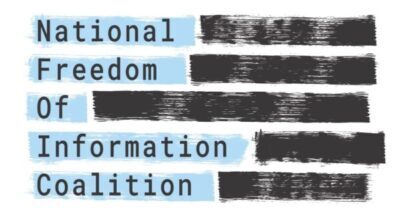From Nieman Journalism Lab:
The National Archives is sitting on massive amounts of information — from specs for NASA projects to geological surveys to letters from presidents. But there’s a problem: “These records are held hostage,” said Bill Mayer, executive for research services for the National Archives and Records Administration.
“Hostage” might be a strong word for a organization responsible for 4.5 million cubic feet of physical documents and more than 500 terabytes of data, most which can be accessed online or by walking into one of their facilities around the country. But the challenge, Mayer explains, is making NARA’s vast stockpile more open and more discoverable. “They’re held hostage in a number of centers around the country — they’re held hostage by format,” Mayer said.
Mayer and other officials from the National Archives visited MIT recently to talk about how the agency is trying to increase access to records and deal with the challenges, and legal complications, of electronic documents. The archive is responsible for records from executive branch agencies, courts, Congress, and presidents. It preserves only 5 percent of the federal government’s records, and there’s a 15-year lag before records are available. But an estimated 30,000 linear feet of new records come in from agencies annually.
